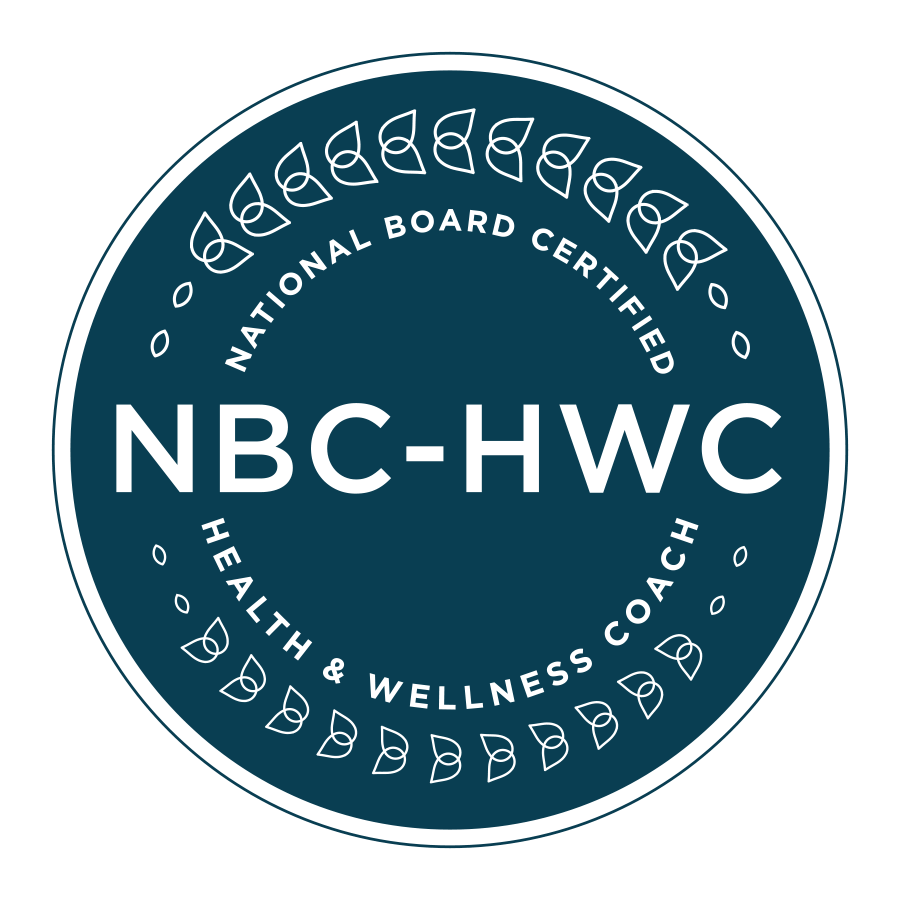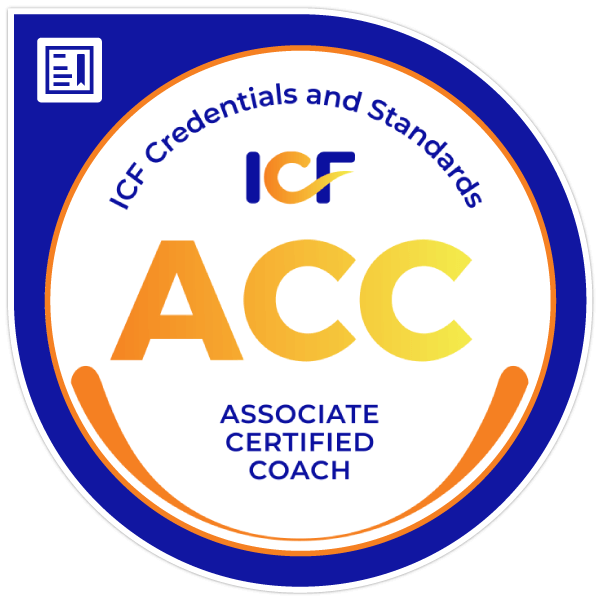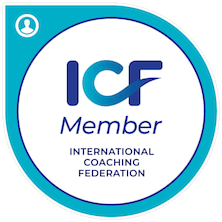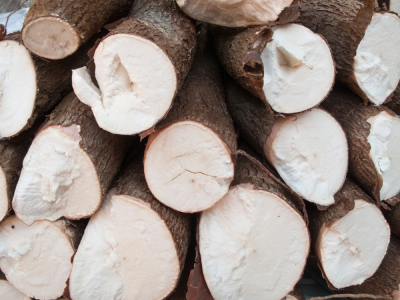
A native of the West Indies, the cassava/yucca root is unique with many uses. Did you know that tapioca is made from the cassava root?
Yes, the source of that creamy pearl white pudding is a brown tubular root that looks and tastes similar to a russet potato. Some are sweet even when eaten raw, while others are bitter. The bitterness found in these roots comes from the skin and is due to a high content of prussic acid. This root can also be used to make flour and thickeners for sauces and gravies.
In most parts of the world, cassava is eaten boiled, steamed, or fried. You can even buy cassava chips instead of ‘potato chips’ at select stores. Although cassava has more Vitamin C than a sweet potato, it is very high in amylose, a hard to digest starch. In a recent study, new varieties of cassava have been identified where the amylose content is less than 3 percent compared to the 18-24 percent of amylose found in traditional cassava. This is certainly good news for the people in poverty stricken areas like sub-Sahara Africa where the cassava root is a stable food.
Although the root maybe high i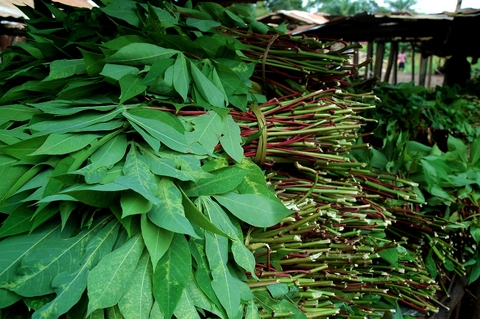 n carbohydrates, the leaves of this bushy perennial are a good source of protein, Vitamins B-12, B2, Beta Carotene, and Niacin. Native Americans have used cassava leaves for medicinal purposes. Today, you can purchase cassava/yucca root in supplement form to help fight diarrhea, inflammation of all types, bruises, and ulcers.
n carbohydrates, the leaves of this bushy perennial are a good source of protein, Vitamins B-12, B2, Beta Carotene, and Niacin. Native Americans have used cassava leaves for medicinal purposes. Today, you can purchase cassava/yucca root in supplement form to help fight diarrhea, inflammation of all types, bruises, and ulcers.
Now that the winter months are fast approaching and heavier comfort foods are on the horizon, make sure cassava is on your shopping list. Use cassava as a substitute to the white potato. Unlike the potato, cassava has a much shorter shelf life so be sure to use them within 3-4 days from the time of purchase. I found the same to be true for turnip roots. However, you can keep them longer just by peeling and placing them in the freezer.
It is important to remember that no matter how comforting high calorie food may be during the fall and winter months, a high caloric/carbohydrate diet can have negative affects on the body. All carbohydrates will raise blood sugar levels and inhibit sleep. Later, when blood sugar drops too low (hypoglycemia), you might wake up and not be able to fall back asleep.
Having said that, I want you to try one or both of the following comforting recipes. Enjoy, but just don’t over indulge especially not too close to bedtime.
A-Maysing Health to you all.
A-Maysing Recipes
Cassava Leek Soup
4 cassavas, peeled and chopped
6 cups of chicken stock (best homemade), several sprigs of thyme, tied together
1 cup of high quality sour cream
Finely chopped chives for garnish
Directions:
1-Sauté leeks until soft in butter and olive oil.
2-Add cassava and stock, bring to a boil and skim. 3-Add thyme and simmer until all vegetables are soft. Remove thyme.
4-Puree soup with a handheld blender or food processor in batches with cream.
5- Season to taste.
This soup can be served hot or chilled.
Pineapple-Tapioca Cream
Serves 6
1 can (6 or 8 oz) thawed Frozen pineapple juice, undiluted
1/4 cup sugar
3 tablespoons of quick-cooking tapioca
1/4 teaspoon salt
1 can or fresh (8 oz) crushed pineapple, undrained
1/3 cup heavy cream
Directions:
1 – Pour pineapple juice into a 2-cup measuring cup and add water to make 2 cups.
2 – Pour into medium saucepan. Stir in sugar, tapioca and salt, and combine well.
3 – Over Medium heat, bring to a boil while stirring.
4 – Let cool 20 minutes, stirring several times. The stir in pineapple and refrigerate for 30 minutes.
5 – With a hand mixer, whip cream in small bowl until stiff enough to hold its shape. With a rubber spatula, fold into tapioca until well mixed.
6 – Refrigerate until served.

